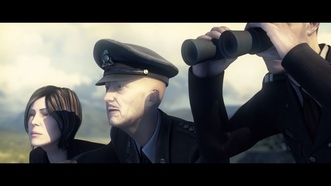 Sneak attack! Sneak attack! Sometimes creating a strategy involves more than where you position your units or trying to anticipate your enemy's weaknesses. There is a serious art to bluffing, and R.U.S.E. forces the player to bluff heavily. Sometimes it all comes down to a good diversion.
1. Gameplay
R.U.S.E. is the kind of strategy game that was clearly developed for consoles. This isn’t a huge problem, except there are a number of elements I have come to subconsciously expect from real-time strategy games that weren’t present in this game. Those created some problems that will likely put veterans of this genre off. R.U.S.E. is based on the military career of General Joe Sherman, a commanding officer in the US Army. It creates a fictional story of his battles in Africa, Italy, and Northern Europe. While fighting against the Nazi armies in these locations, Sherman and his friends discover that a spy is leaking detailed information to the German forces. This eventually culminates in the Russians obtaining and using German nuclear technology. It’s a decently designed fictional tale that gives some creativity to the standard war-stories from WWII. The game does try some very interesting mechanics. The player can activate “RUSE cards” that have different effects. They can do anything from making friendly troops in a region move faster to providing an entire fake army that rolls into an enemy region. The enemy will use these cards as well, sometimes to great effect. The massing army on your eastern border might be a diversion from the smaller, stronger force on your western front. It requires a good amount of strategy to try and figure out which one is real and which one is fake. Unfortunately the game ends up getting a bit too complicated at times and a bit too simple at others. For example, I have the habit of dividing up troops into different squads with different skill sets and use quick keyboard commands to make these troops help each other out. However, this was impossible to do in RUSE because the game was designed for the console controller. This made it much easier to simply stack up all of my troops into a single, gigantic force and attempt to destroy the enemy by brute force rather than any real strategy. Most of the missions boiled down to “defend until you have a strong force, then attack”. Or, even worse, some of them were simply “defend until your enemy runs out of resources, then attack”. Fortunately, that second strategy did exist. It is always frustrating when an enemy seems to have unlimited funding while your resources are few. I didn’t have that sort of problem in RUSE, but the mechanics felt far too oversimplified for a game that hinges on the player’s ability to use real tactics.
The campaign lasted around 13 hours, which was sufficiently long to explain the way the game worked and give a decent story. Even after the player finishes the campaign, it is fun to try each mission again since the scenarios can change once the player has a better understanding of how the units work together. There are also a number of individual scenarios that the player can try outside of the campaign, which can give a few hours of extra content. On top of this, the player can set up online and offline matches against humans and AI opponents on different levels. These are really designed for up to 4 players, but technically up to 8 can be on the map at once. Playing against 6 other AI with an AI teammate was a very interesting exercise in resource management.
The game’s later missions aren’t designed to be a walk in the park, but they’re all definitely doable with the right strategy. Unfortunately, sometimes it felt like I was playing with a bit of a handicap. For example, it takes a lot of time to figure out how to effectively group units together. Do I send forward tanks, anti-tanks, infantry, and anti-air individually, or do I just lump them together and hope they protect each other? I was never really sure. So the method that I found most effective was to simply force my way forward with an overwhelming force of multiple types. If I could pull together 10 tanks and 10 anti-tanks, I could take out 90% of the enemy’s force with relative ease. But this was a time-consuming, expensive process which failed miserably with timed missions. Later in the game there were many different types of units to choose from and a few of the levels even let you choose a nationality. However, the game failed to give any sort of reason why the player should choose one nationality over the other. I knew from my experience with the different unit types that there was a large difference between some of the German units and some of the American / British units, but I wasn’t sure which was better. 2. Parental Notices
When the violence in RUSE visible it is extremely mild. The player will usually make use of tanks, artillery, and other armored vehicles to attack similar armored vehicles. There are explosions, some sparks, and blown up tanks over the battlefield, but that’s just about it. The player can use infantry as well. However, infantry are designed to be used in specific roles. If they are attacked, some will fall over dead but they quickly disappear. There is never any blood or gore. However, most of the time the player will be looking at the units as round markers on a larger playing field. These markers will stack and hide the violence that goes on between units. The player can watch the violence on an individual level, but it’s a bit difficult when the player is more worried about the result of the engagement on the overall battlefield.
The main antagonist in the game is a blonde female spy who has a habit of becoming romantically involved with the Allied generals. The game does everything short of explicitly stating that she is sleeping with at least one of the generals. However, no explicit content is ever seen or discussed.
There are a few, brief occasions in cutscenes where characters can be seen drinking or smoking. However, these are a very small portion of the campaign.
Gambling is not a factor in this game. 3. Other Factors
There are no modding tools available for this game.
There are a few religious buildings in this game (it is, after all, based mostly in Europe). Other than this, religion is not a factor in this game.
Anti-law is not a factor in this game.
The age of this game and overall lack of popularity means that, while the remnants of the online community still exist, it is practically nonexistent. The player may be able to find a few matches still available online, but these can be very hard to find.
The only example of extreme sports in the game are the paratroopers that the player can drop almost anywhere. They are transported in a plane to their destination and then descend slowly via parachutes.
Magic is not a factor in this game.
Weapons of Mass Destruction Late in the game, the player discovers that the Germans have secretly developed nuclear technology. The player has to scramble to try and steal the technology before the Russians can get their hands on it. Unfortunately, things don’t go as planned and a rogue group of Russians obtain the nukes. These Russians decide to use the nuclear V-2 missiles against the Allies. The player, in turn, must use a nuclear artillery vehicle to nuke the Russian nuclear missile facility.
0 Comments
Leave a Reply. |
Like what we do? Want to see more? Donate to the site using the button below!
Not sure what a term means? Read the definitions!
Not sure what a review section is about? Find out more information!
|
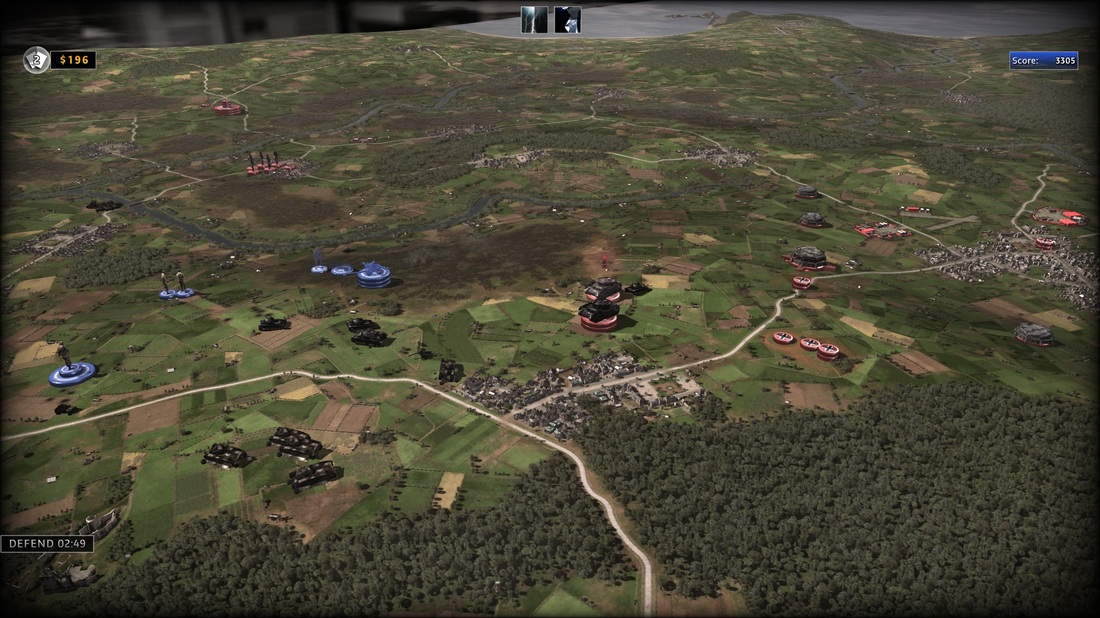
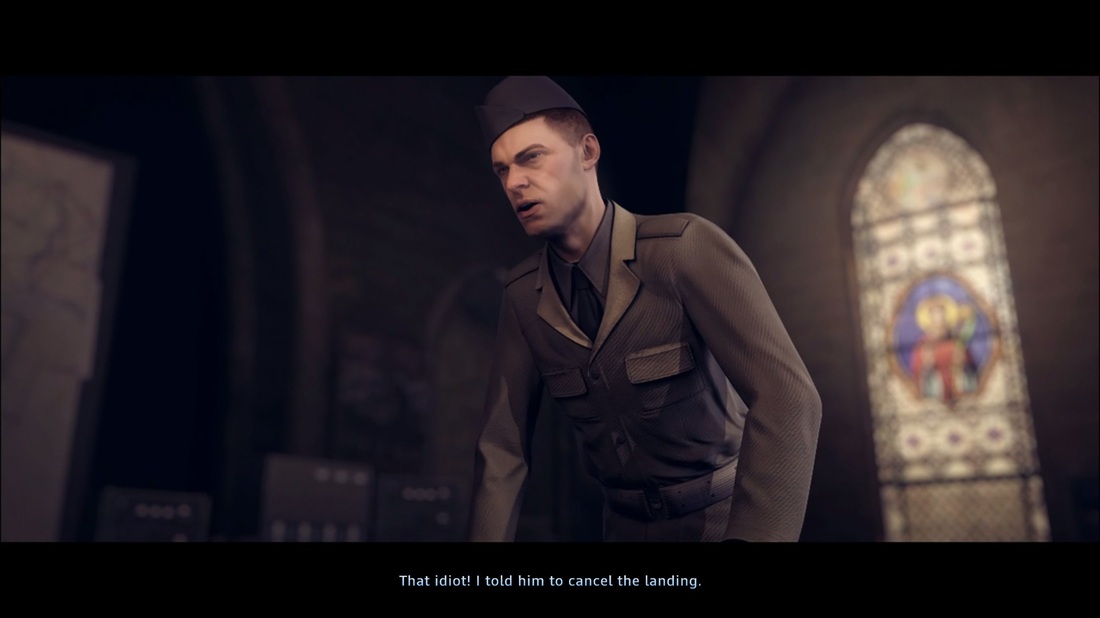
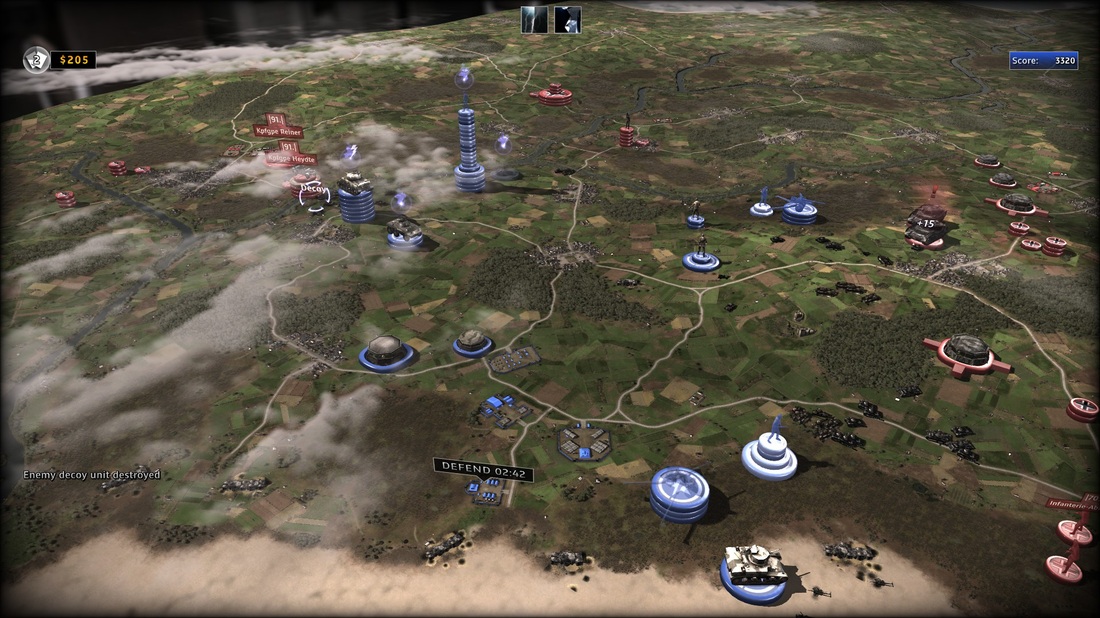
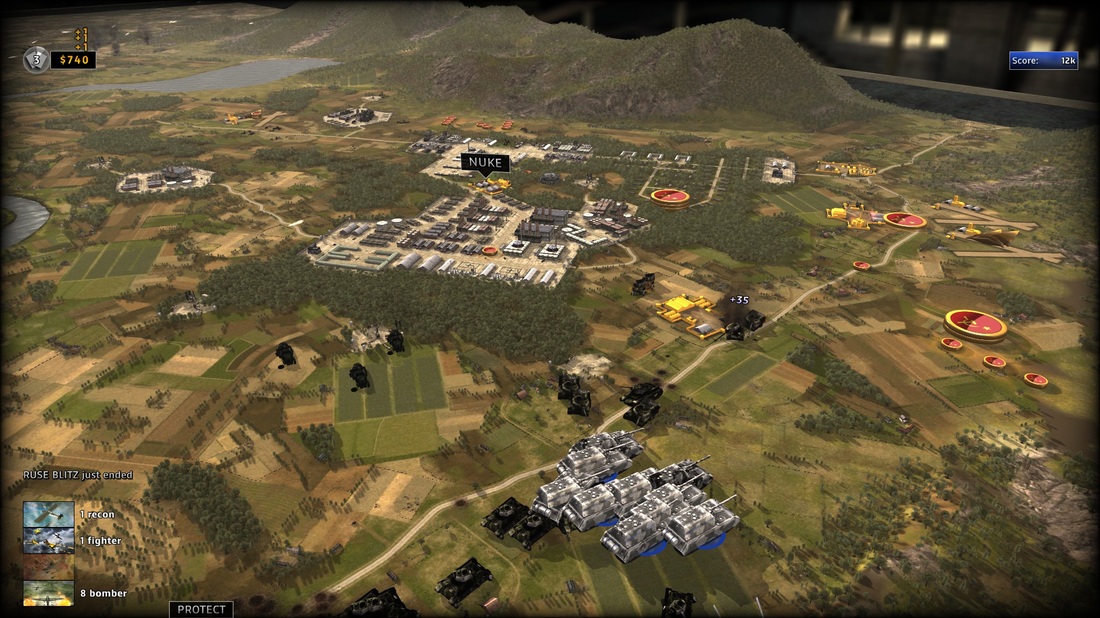
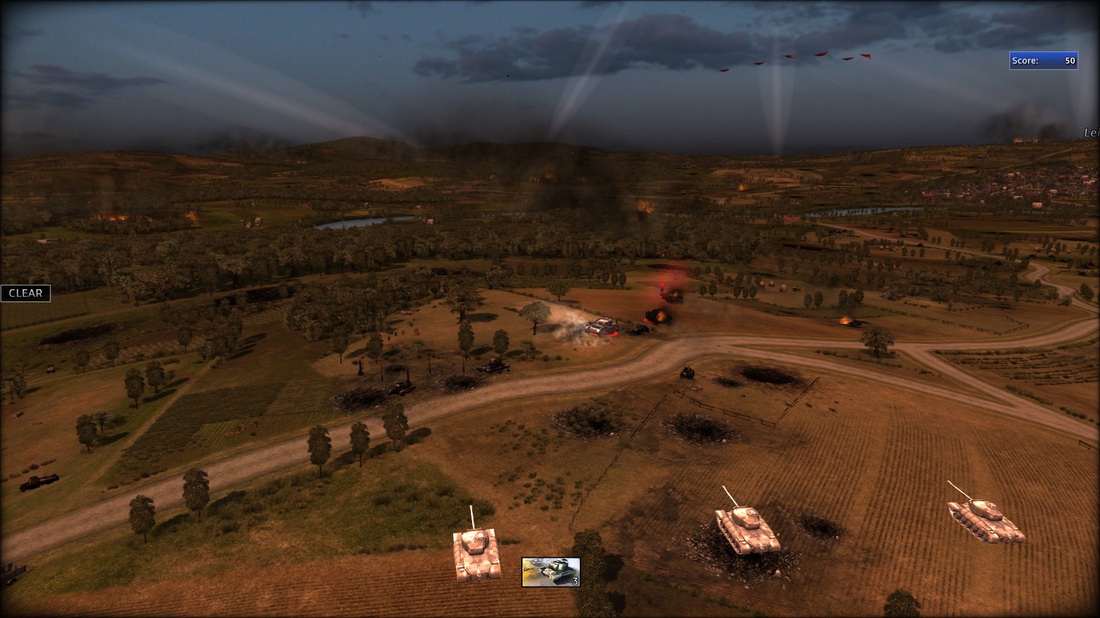
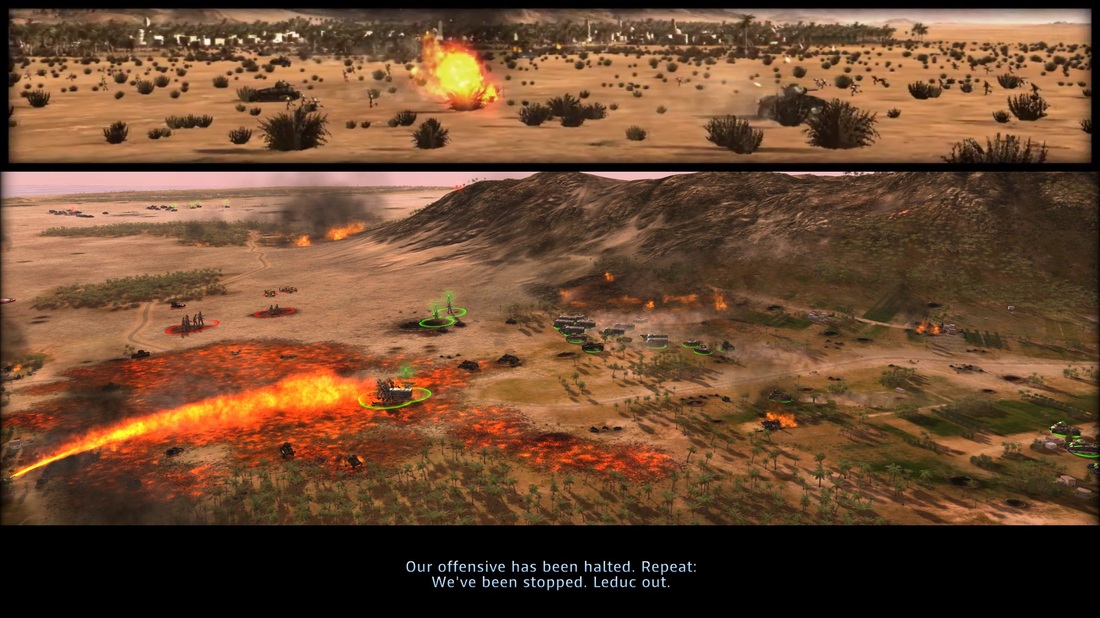
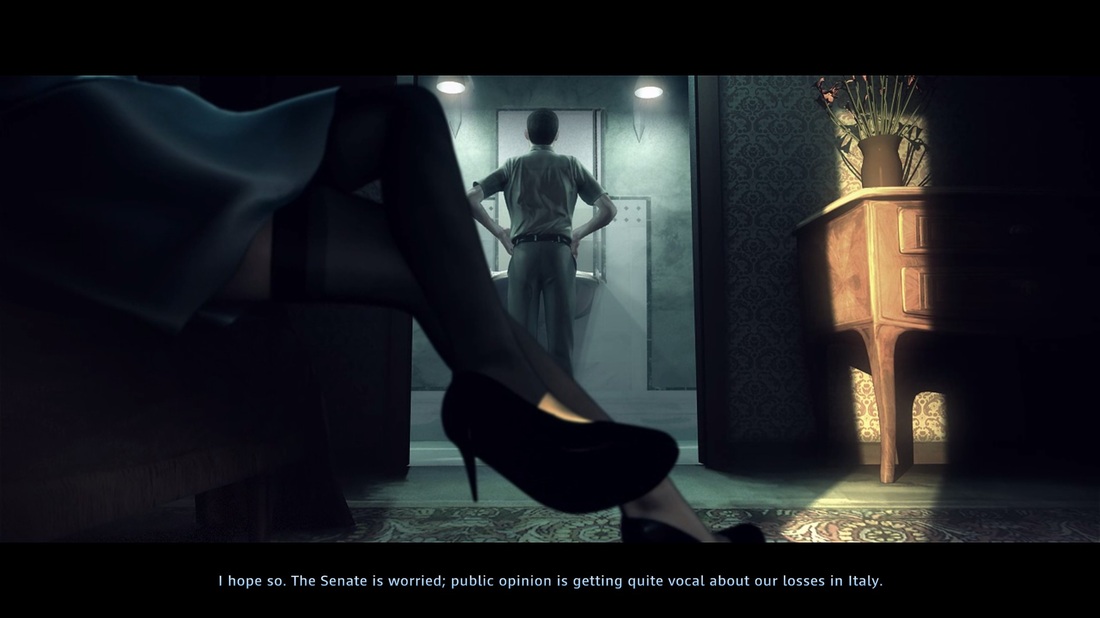
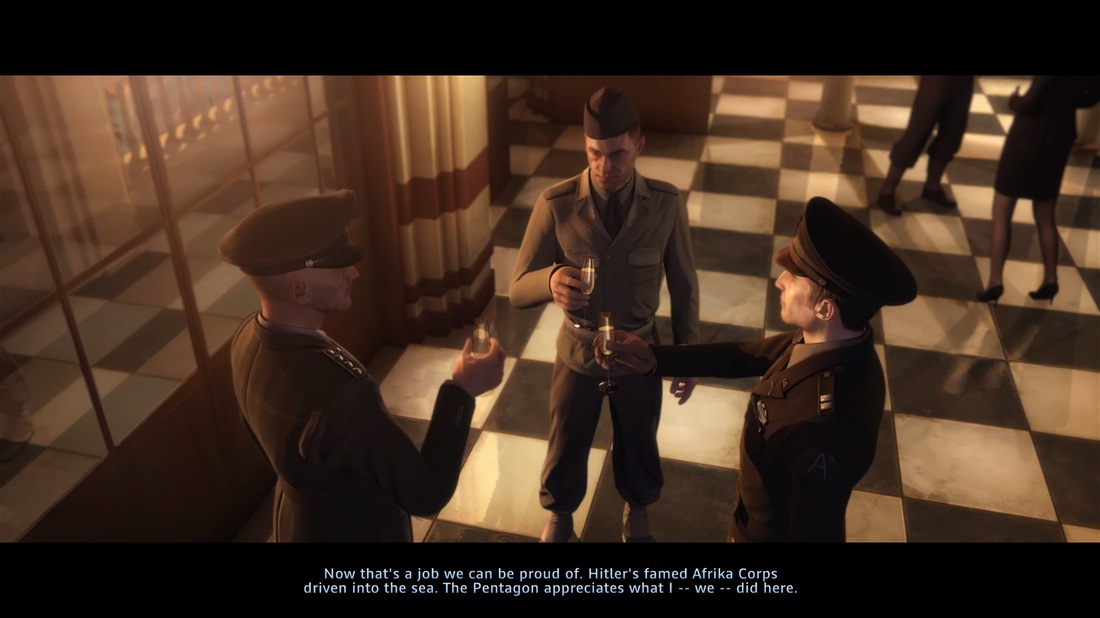

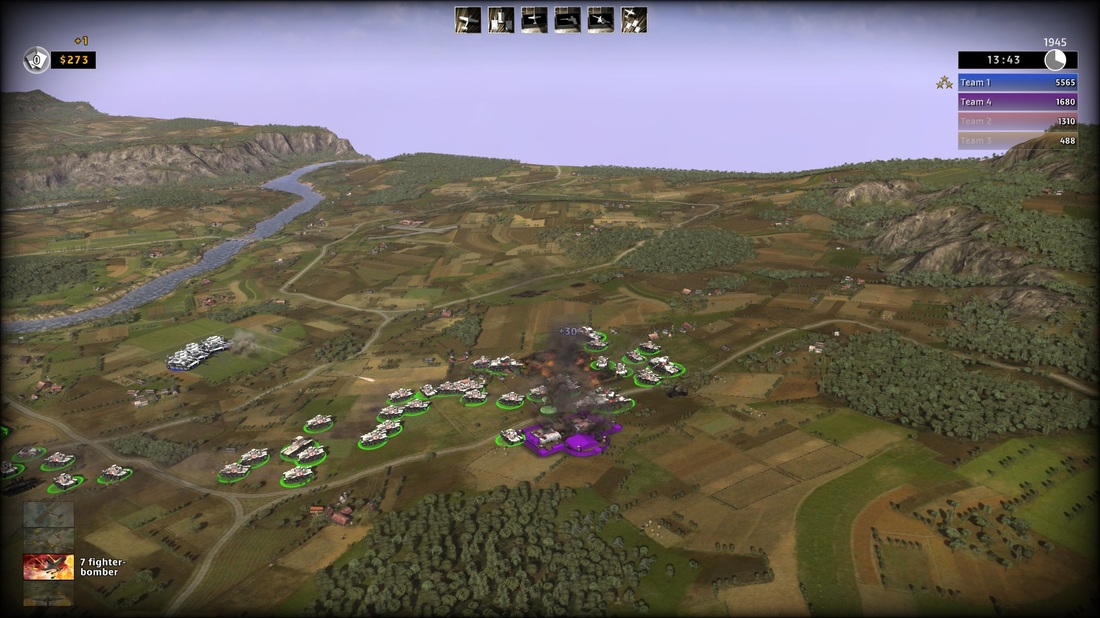
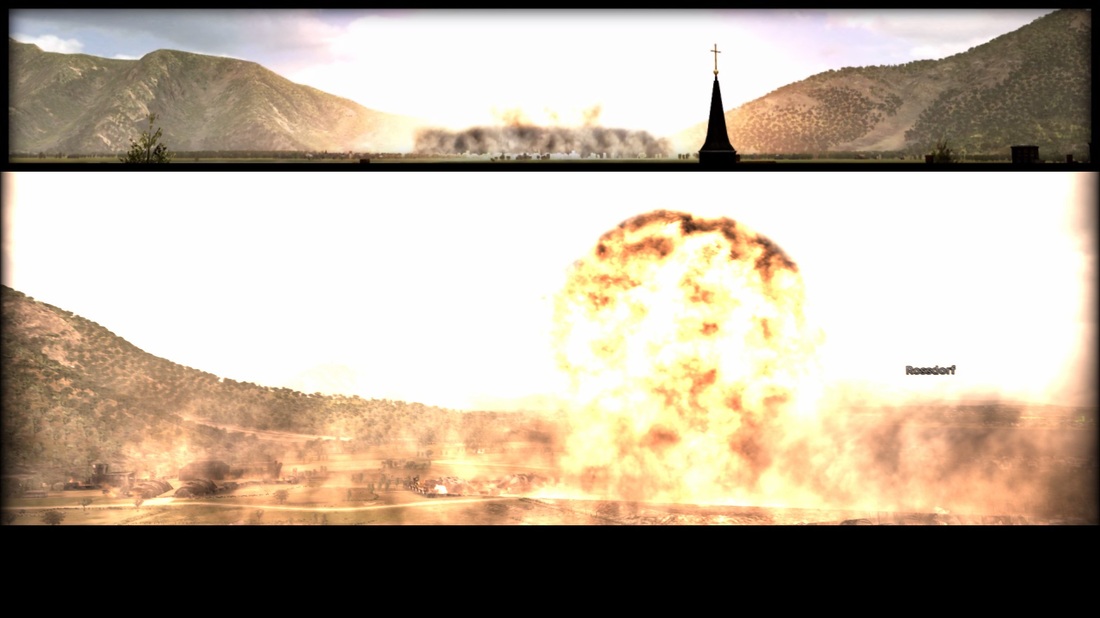
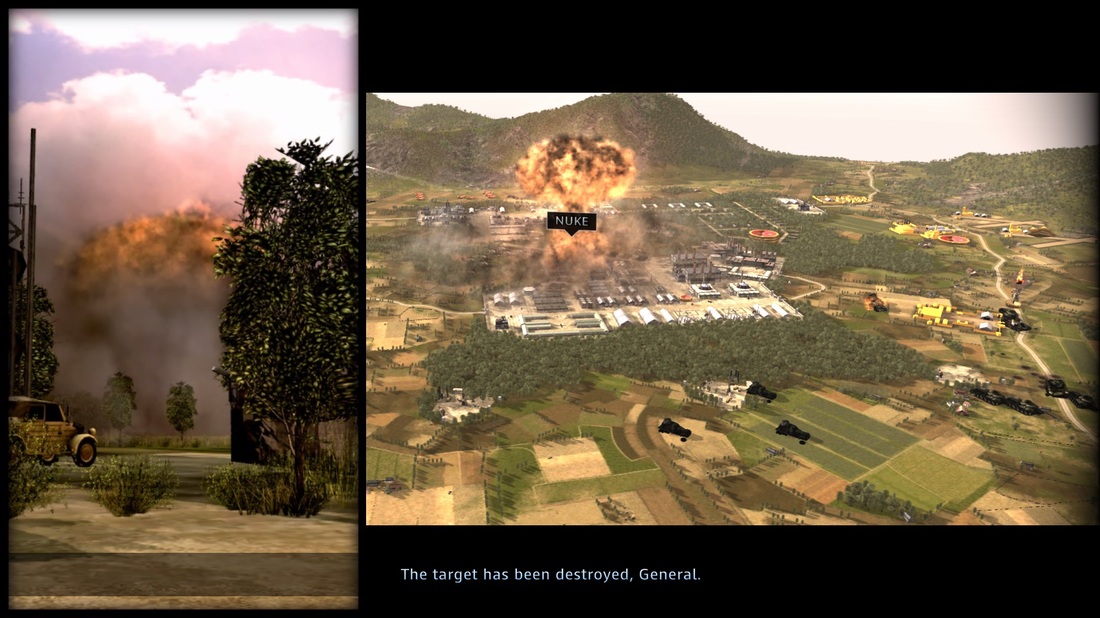
 RSS Feed
RSS Feed